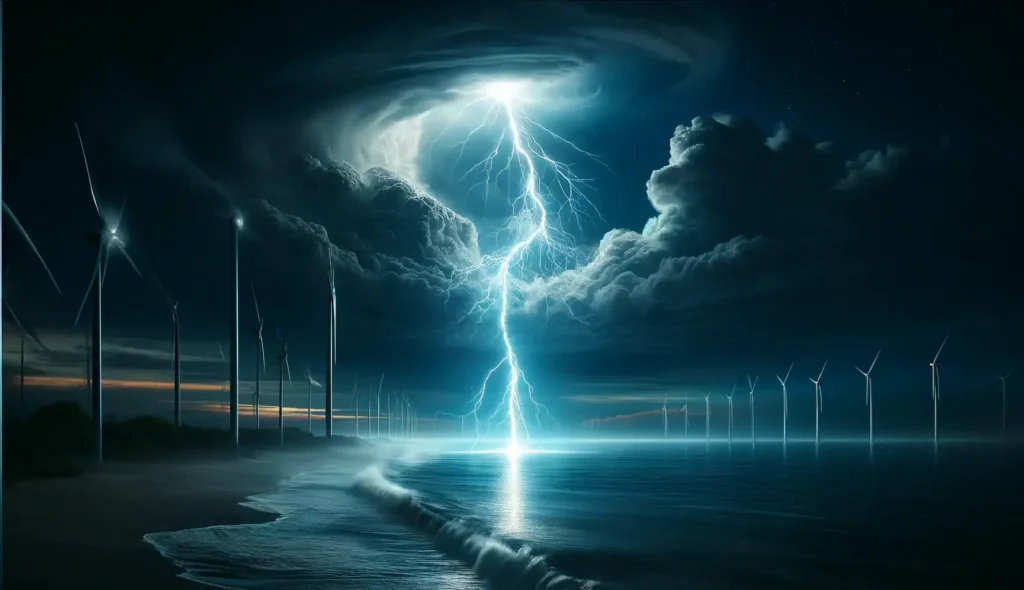Know Your Energies
AP Physics covers only 3 types of energy:
- Gravitational Potential Energy [katex] PE_g = mgh [/katex].
- GPE depends solely on the height. If an object gains height, it gains GPE. If its looses height it looses GPE
- Kinetic Energy – [katex] KE = \frac{1}{2}mv^2 [/katex]
- KE depends solely on the speed an object gains or looses.
- Rotational kinetic energy follows a similar formula and applies to objects that rotate [katex] KE = \frac{1}{2}I\omega^2 [/katex]
- Spring Potential Energy – [katex] KE = \frac{1}{2}kx^2 [/katex]
Lastly every type of energy thats not the 3 types above is classified as Work Energy where [katex] W = Fd [/katex]. A common example is the work done by friction.
If you need a quick review of more energy concepts check this out energy speed review.
Just 3 steps
- Identify energies and visualize the system: either in your head or draw a diagram.
- Mark two points in the system: an initial starting point (point A) and an ending point (point B).
- Apply conservation of energy: [katex] E_A = E_B [/katex], which simply states the sum of all energy types at point A is equal to the sum of all of energy types at point B.
Apply it
Lets apply the energy framework to the problem below.
Step 1: Image a rocket launch. After some time the rocket will reach a height with a certain speed. Identify energies associated in this scenario. For example:
- The moving rocket implies kinetic energy.
- The rocket being at a certain height also implies potential energy.
- This energy must be coming from the rocket, thus there must be work done by the rocket.
- Lastly the rocket is pushing against air. This implies some work done by air resistance.
Step 2: The starting point A would be when the rocket begins to take off. At this point all the energy is stored in the rocket. The final point B would be when the rocket reaches a certain height. At this point the energy from the rocket transforms into the kinetic energy, potential energy, and work done by air resistance.
Step 3: Apply the conservation of energy:
[katex=display] E_A = E_B [/katex]
[katex=display] W_{rocket} = KE + PE_g + W_{air} [/katex].
In plain english this would read: “The work done by the rocket transforms into some kinetic energy, some potential energy, and some work done by air resistance.”
From here, substitute in the equations for each type of energy. Then solve for [katex] W_{air} [/katex].
Practice it
Now its your turn. Try the 4 questions below. For more difficulty levels you can use UBQ to sort through even more energy questions.
A \(4.0 \, \text{kg}\) block is moving at \(5.0 \, \text{m/s}\) along a horizontal frictionless surface toward an ideal spring that is attached to a wall. After the block collides with the spring, the spring is compressed a maximum distance of \(0.68 \, \text{m}\). What is the speed of the block when the spring is compressed to only one-half of the maximum distance?
A projectile of mass 0.750 kg is shot straight up with an initial speed of 18.0 m/s.
A 84.4 kg climber is scaling the vertical wall. His safety rope is made of a material that behaves like a spring that has a spring constant of 1.34 x 103 N/m. He accidentally slips and falls 0.627 m before the rope runs out of slack. How much is the rope stretched when it breaks his fall and momentarily brings him to rest?


